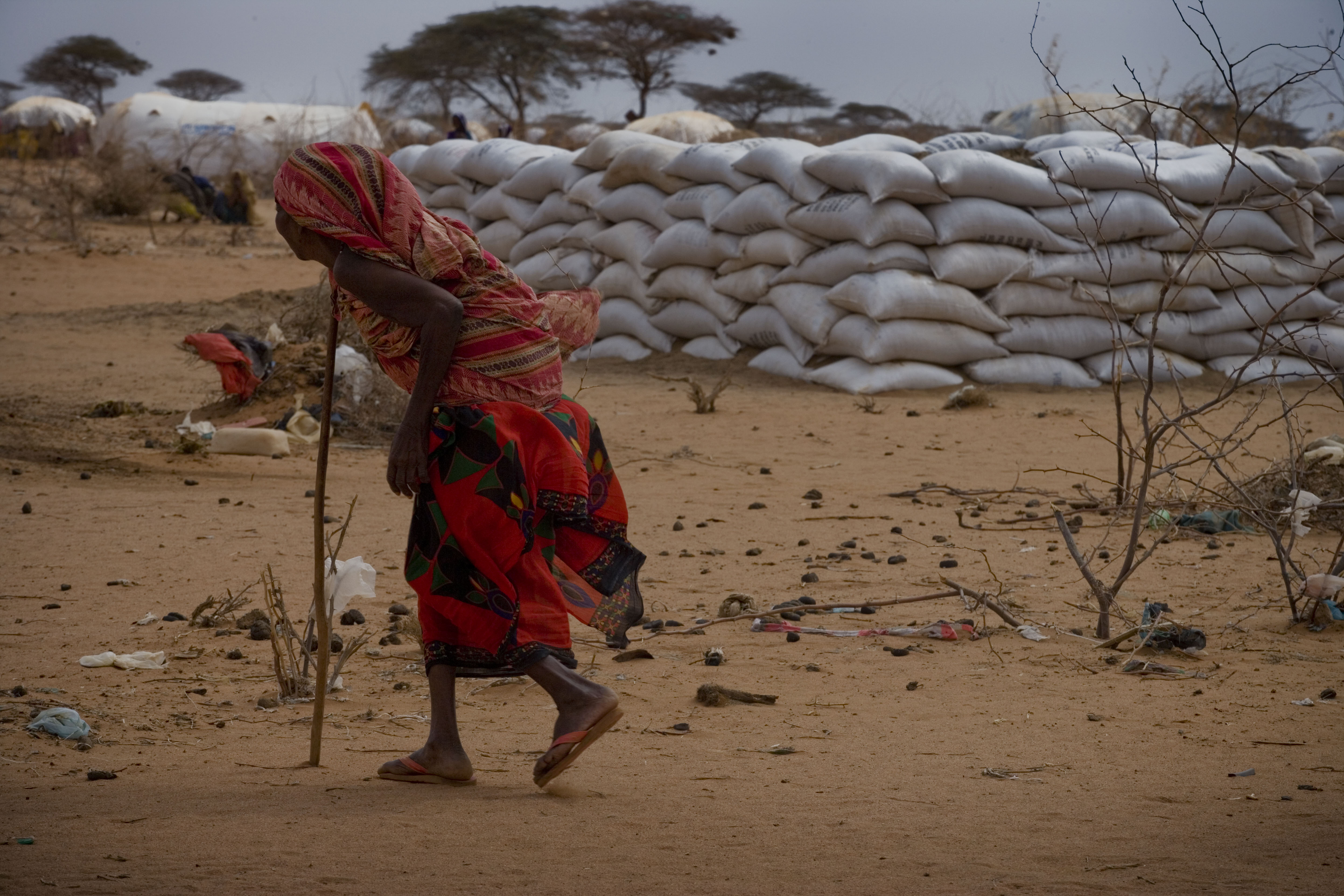According to the latest Global Humanitarian Overview, a staggering 274 million people this year will require humanitarian aid and assistance – the highest figure in decades. More must be done to avert the suffering of millions around the globe.
RedR stands ready in 2022 to meet the needs of those affected by disasters all over the world. In this article, we look at some of the challenges and trends that may come to shape humanitarian action this year.
COVID-19 Inequality
The COVID-19 pandemic has exacerbated global inequalities. Will 2022 signal greater action to address the growing disparity?
The ongoing pandemic has revealed stark inequalities between the Global North and the less advantaged Global South. While almost 60% of people worldwide have received at least one dose of the COVID-19 vaccine, this figure is only 8.9% in low-income countries.
For those living in particularly fragile or vulnerable contexts, such as conflict zones, refugee camps, and impoverished areas, COVID-19 poses a serious threat. Overcrowded conditions, poor sanitation, and lack of access to deliver vaccines and medical supplies can increase vulnerabilities.
The response to the pandemic has not been equal, with the World Bank having noted that “while the pandemic has affected everyone relatively evenly, the recovery has been less uniform”. But if the world is to overcome COVID-19, vaccines must be made available for populations in need, as well as robust health systems to administer them. This will be essential to reach the World Health Organisation’s stated target of vaccinating 70% of the world’s population by mid-2022.
Moreover, COVID-19 has resulted in a rise in extreme poverty after almost 25 years of decline. The impact of the pandemic on job stability and education, particularly for those already living in poverty, has brought progress to a grinding halt.
In 2022, we may see that while those in developed nations will be better able to recuperate their losses incurred during the pandemic, the road to recovery will be long and arduous for the disadvantaged. The displaced, the poor, and the hungry will continue to suffer, which could result in a greater demand for humanitarian aid for the populations who are most affected.
.jpg) Climate Change
Climate Change
With demand for humanitarian aid reaching exponential levels, will anticipatory action and adaptation planning finally receive the funding needed to mitigate the effects of climate change?
The 26th UN Climate Change Conference (COP26) held in Glasgow last November was an opportunity for world leaders to take the decisive action needed to address the escalating climate crisis. According to the report released last August by the Intergovernmental Panel on Climate Change (IPCC), urgent action is necessary.
From a humanitarian perspective, tremendous pressure will continue to mount on NGOs to respond to the climate crisis against a backdrop of reduced funding. At this moment, it is uncertain whether the humanitarian community will be able to meet the demands placed on them, with the Inter-Agency Standing Committee announcing that “the extent of the scale and impact of the climate crisis is more than humanitarian organizations can address alone”.
Unrelenting climate hazards such as floods, drought, and other extreme weather events are, and will continue, to drive displacement around the globe. Already, these weather-related disasters are forcing an average of more than 20 million people each year to leave their homes and relocate to other areas of their country each year.
Only responding after these disasters strike is no longer a viable option. Anticipatory action is needed for populations to adequately prepare for and adapt to the effects of climate change, mitigating the risks associated with them. In this regard, humanitarian organisations are facing an all-too-familiar problem; a serious shortage of funding. Adaptation finance needs, particularly for the infrastructure and agriculture sectors, are far outstripping available funds.
Adaptation planning is slowly receiving more attention, but it needs to be centre stage to keep pace with the consequences of climate change. Last year, RedR UK expanded its Climate Change Adaptation and Disaster Risk Reduction training programme to include East Africa, alongside continued training in the Philippines and Bangladesh. Climate change is a global issue, and only robust and immediate action can mitigate its consequences.
.png) Hunger
Hunger
Food insecurity around the world is worsening, putting millions of lives at risk. Will 2022 see significant progress towards the UN’s goal of ending hunger by 2030?
The number of people at risk of famine has risen 60% since before the COVID-19 pandemic. The Sustainable Development Goal to end hunger, food insecurity, and malnutrition by 2030 appears increasingly difficult to achieve, with the UN noting that by that date, more than 840 million people could be affected by hunger.
COVID-19, climate change, conflict, and other disasters are continuing to drive more people towards the brink of famine as global food prices rise in tandem. Afghanistan, for example, is under immense strain to provide for the 22.8 million citizens now facing food insecurity. Those affected by conflict are particularly vulnerable to famine, which can catastrophically worsen existing humanitarian crises.
Global hunger requires a holistic approach to resolve, as food insecurity is inextricably tied to factors such as social protection, climate resilience, and poverty, reflected in the World Health Organization’s report last July that urged policymakers to address these issues within the context of hunger and malnutrition.
To enable significant progress towards the Sustainable Development Goal of ending hunger by 2030, urgent, large-scale action is needed to assist the millions around the world now on the brink of famine.
 You can support our work in 2022 by donating today.
You can support our work in 2022 by donating today.
Alternatively, to learn more about the latest projects we’ll be developing throughout the year, sign up to our monthly newsletter.